I found this rock in the Willamette River in Oregon. It’s got so much detail and I’m not sure what I’m looking at. I did put a sheen on it so I could really see what the different colors are. Hope I didn’t ruin it by doing so. Any help or advice would be greatly appreciated.
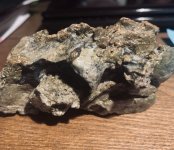
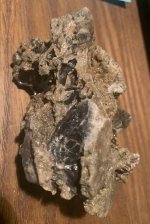
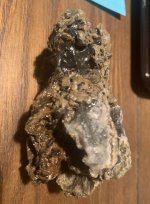
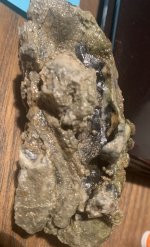
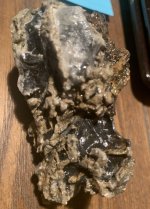





Amazon Forum Fav 👍
Attachments
Upvote
1






